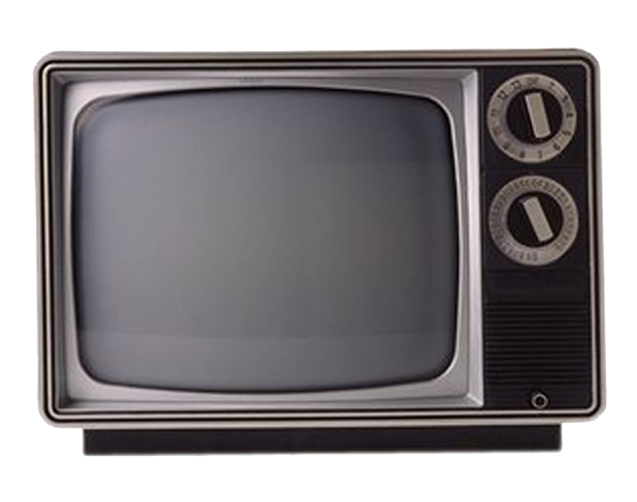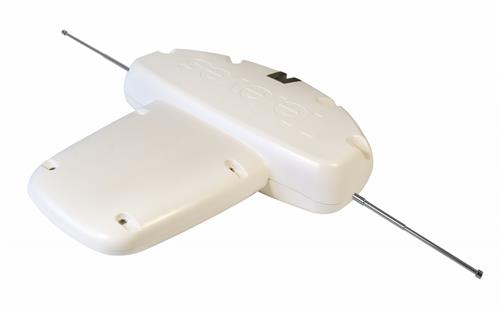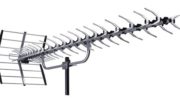You’re finally looking at cutting the cord. I don’t just mean streaming. As far as I’m concerned, that’s just trading one bill for another. I’m talking about real cord-cutting. As in, you get an antenna, pay once, and never pay for entertainment again. Sounds like a dream come true.
There are so many choices
Of course the most important part of the whole process is choosing the right antenna. There are just so many different ones and you probably don’t know much about the kind of antenna you need. All you know, if you’re like most folks, is that you want one that’s as small as possible and as easy to set up as possible.
UHF? VHF? Isn’t that from the old days?

You might remember UHF and VHF as the two knobs on your “TV set.” One handled channels 2-13 and one 13-83 (or 13-69 on later TVs.) You might not have ever thought about what that meant.
VHF – the original old-school TV
Originally, 13 TV frequencies from 48-210MHz were allocated for television. Channel 1 was taken away almost immediately, back in 1948. TV proved so popular, though, that more frequencies were needed.
UHF – the solution
Early TV broadcast systems were hard to control. Broadcasts tended to interfere with each other. To prevent this, rules were put in place to make sure that no two stations could broadcast on adjacent frequencies, whether they were in the same market or in neighboring markets. This meant in practice that most cities were limited to about six TV channels even though 12 frequencies were available.
The answer was to allocate more frequencies. The range from 470-890MHz, referred to as the Ultra High Frequency range, was allocated to TV broadcasting to solve this. This meant a total of 82 frequencies, which would easily support 30-35 channels per market.
No market ever really got that many channels. So, slowly some of those frequencies were taken away from TV to use for other things like cell phones. We’re in the process of another big move and when it’s all done, only 49 channel allocations, from 54-690MHz, will be available.
But here’s why you care
It was originally hoped that all channels would move to UHF. Before 2009, there was resistance from TV channels who wanted to be in low numbers. UHF channels were harder to get.
In 2009, TV broadcasting in the US went digital. Again it was hoped that all stations would move to UHF. Digital broadcasts made it easier for people to get UHF channels, and UHF antennas are smaller than VHF ones. But again, it didn’t happen.
With what’s happening today, some markets are seeing channels moving back to VHF because there just aren’t enough channels to go around. Even without those “adjacent channel” rules, large cities are seeing there isn’t enough capacity to stay away from channels 7-13.
What kind of antenna do you need?
You could look at a tool like tvfool.com to figure out what kind of antenna you need, but really I say that everyone should just get an antenna that picks up both UHF and VHF. An antenna that picks up channels 7-51 is still going to be fairly small. You don’t really run into a need for a large antenna unless you need to pick up channels 2-6. So, why go through all the research? Just get a UHF/VHF antenna anyway.
Get all the help you need
If you want an expert opinion on the right antenna to buy, get free help from a real, live antenna tech by filling out this form. Our engineers will look at all the information they can and recommend the right antenna for you. If you know what you want, shop the hundreds of antennas at Solid Signal for the best selection and the best value!





